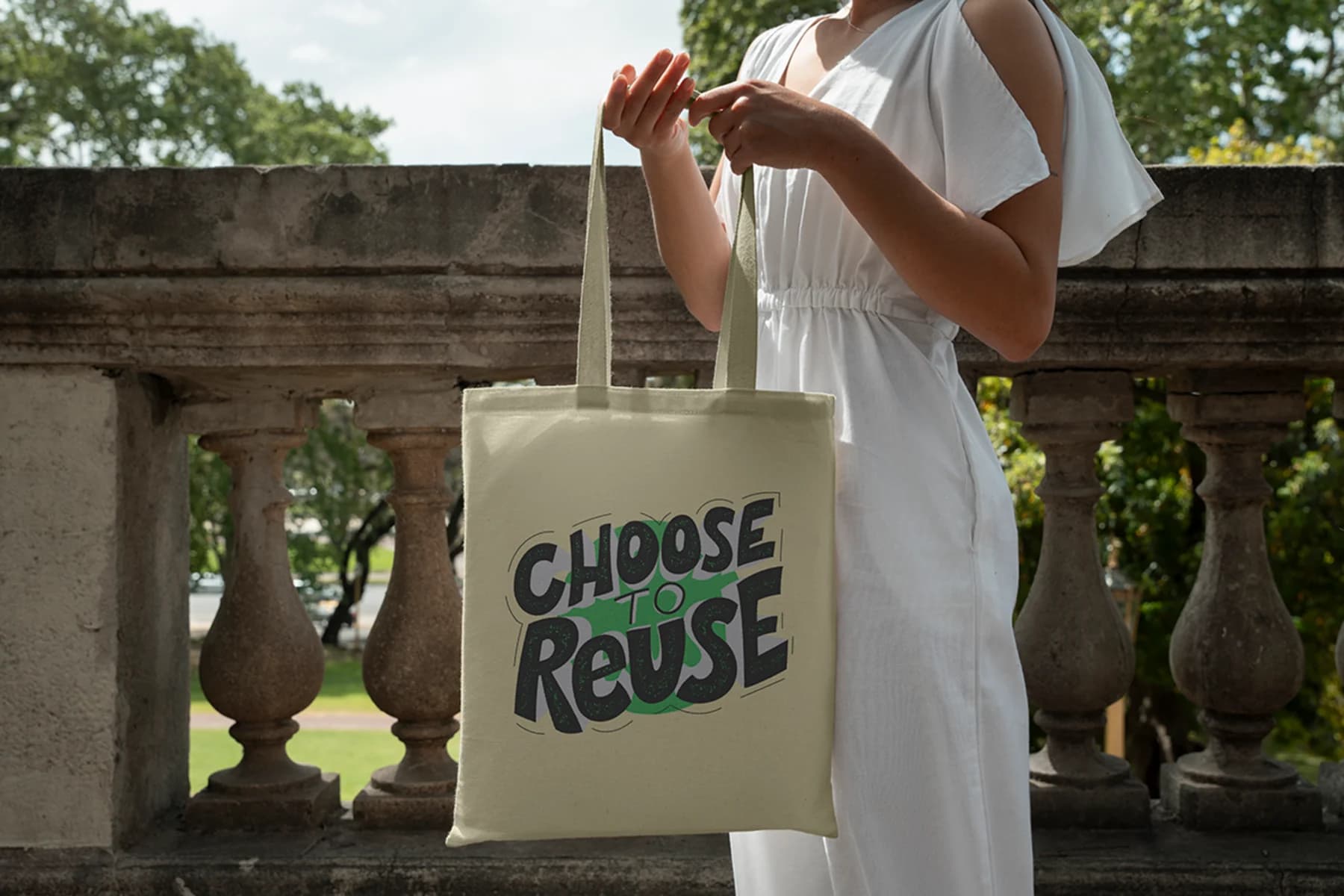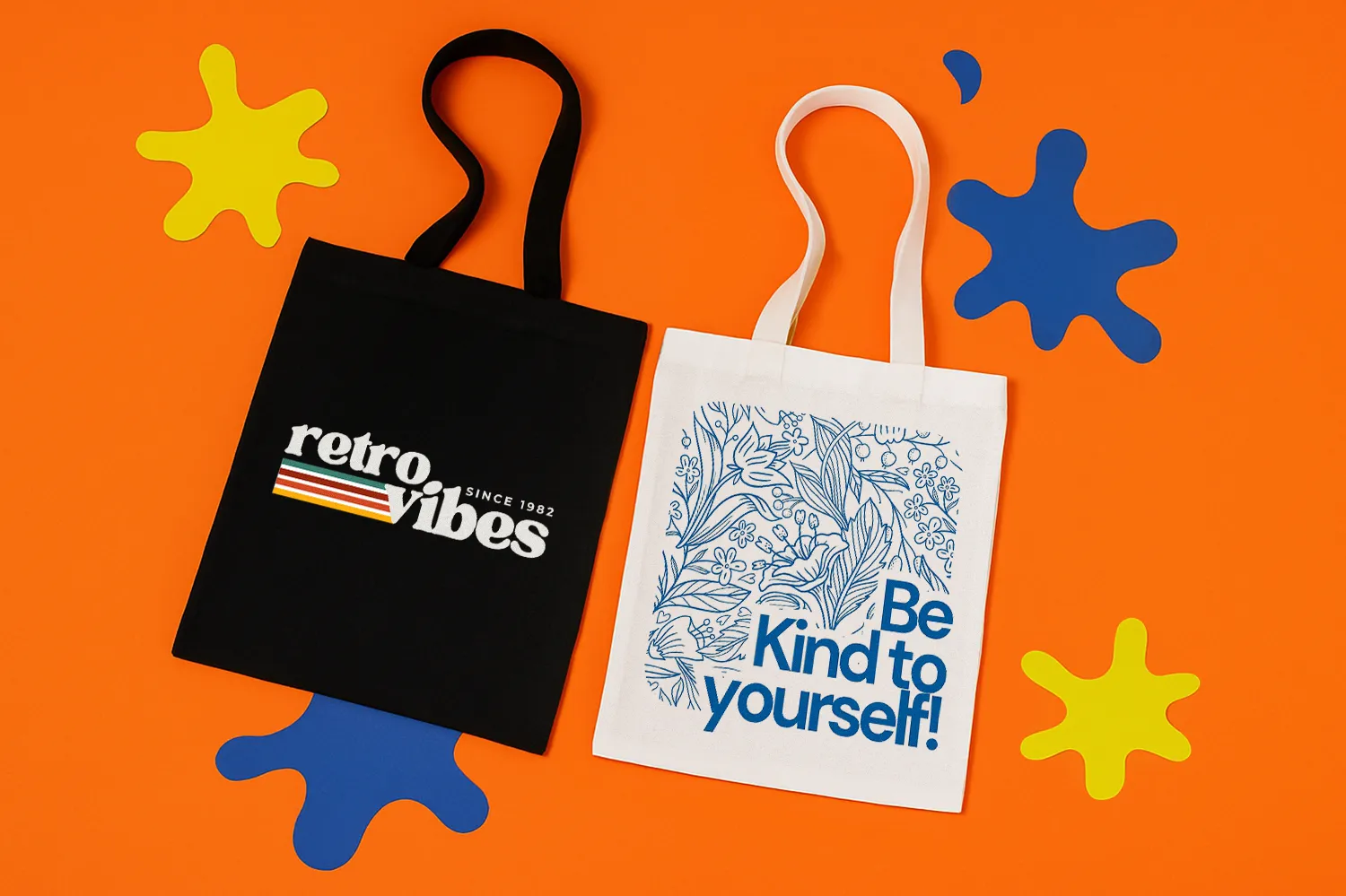The Sustainability Guide: Promotions That Don’t Cost the Earth
Making sustainable choices in every aspect of our lives, including promotional materials, is crucial. Join us as we explore the importance of sustainable printing and how you can have a positive impact on the planet by choosing an eco-friendly approach to your promotions. We'll guide you through the process of creating materials that captivate your audience and contribute to a greener future. Discover how you can promote your brand without it costing the future of our planet.
How do you make sustainable printing decisions?
Combating climate change and boosting your eco-credentials for conscientious customers sounds great in practice, but where do you start? Going green can feel overwhelming, especially for busy businesses. Digitalisation has already cut paper waste significantly for most companies, but lots of promotional projects still depend on paper. From brochures to flyers, posters to signs, how do you go green without it impacting your brand growth?
We’re committed to making eco-friendly choices accessible to everyone. That's why we offer a range of sustainable options to simplify the process for businesses of all sizes. From recycled paper to reusable promotional items, we've got everything you need to make going green a breeze.
Let's explore our top tips and discover how easy it can be to promote your brand sustainably. By following 'reduce, reuse, recycle', businesses can effectively minimise their environmental impact while still leveraging popular marketing products.
The Importance of ‘Reduce, Reuse, Recycle’
'Reduce, reuse, recycle' is a cornerstone of sustainable practices, especially for businesses that want to become eco-friendly.
Reduce. Reduce refers to cutting down on waste and consumption, thereby conserving resources and lowering carbon footprints.
Reuse. Reuse involves finding ways to repurpose materials and products, extending their lifecycle and reducing the need for new resources.
Recycle. Recycle means processing used materials into new products, which saves energy, reduces landfill waste and mitigates environmental impact.
By integrating 'reduce, reuse, recycle' into your operations, you can significantly lower your environmental footprint, promote a culture of sustainability and demonstrate your commitment to protecting the planet. This helps preserve natural resources and reduce greenhouse gas emissions.
Reduce: Invest in Reusable Products
Embrace the concept of reuse and repurpose by choosing promotional items that can be used multiple times. This minimises waste and maximises brand exposure.
Roller Banners over Posters. Opt for durable roller banners instead of disposable posters. These can be used multiple times for different events, reducing the need for frequent replacements, and come in biodegradable materials to make their eventual disposal eco-friendly.
Brochures over Flyers. Choose high-quality brochures that provide comprehensive information and can be kept by your audience, rather than single-use flyers that are often discarded.
Promotional Products. Invest in long-lasting promotional items like mugs, t-shirts and tote bags. These items not only reduce waste but also keep your brand in front of customers for a longer time.
Print on Demand. Only print the quantities you need to avoid excess waste. Digital printing services can help you manage smaller, more targeted print runs efficiently.
Reuse: Choose Sustainably Produced or Recycled Paper
Choose paper products made from recycled or sustainably sourced materials. Recycled paper reduces the demand for virgin fibre and minimises waste, helping to conserve forests and reduce environmental degradation.
Recycled Papers. Select paper products made from recycled materials. Recycled paper reduces the demand for virgin fibre, helping to conserve forests and minimise waste.
Sustainably Certified. Look for certified sustainable paper, which comes from responsibly managed forests. This ensures the preservation of ecosystems and biodiversity.
Repurpose your printed materials. Turn outdated brochures into notepads or use old banners for creative projects.
Recycle: Opt for Biodegradable or Recyclable Paper
Select paper products that are biodegradable or recyclable to minimise waste and promote circularity. Biodegradable paper breaks down naturally over time, reducing the burden on landfills, while recyclable paper can be repurposed into new products, conserving resources and reducing environmental impact.
Biodegradable products. Use 100% biodegradable paper products that break down naturally over time, reducing the burden on landfills and minimising environmental pollution. All paper contains natural materials, which are biodegradable, but this can be compromised by the presence of chemicals or micro-plastics.
Recyclable materials. Ensure the paper you choose is recyclable, enabling it to be processed into new products and reducing the need for virgin materials. Any paper coated in wax, plastic or foil isn’t recyclable.
How can paper be unsustainable?
Despite what you might think, paper isn't automatically a sustainable option.
Some paper products, especially those treated or coated with chemicals, aren’t recyclable. Your paper could also come from unsustainable sources. Unsustainable logging practices destroy valuable forest ecosystems and biodiversity, while paper mills release pollutants into the air and water.
As the demand for paper products continues to rise, we’re depleting our natural resources at an alarming rate. By choosing responsibly sourced and recyclable paper products, you can minimise environmental impact and promote a more sustainable future.
What is the environmental impact of paper waste?
How you dispose of paper also has an environmental impact. Paper accounts for at least 26% of total waste in landfills. When this paper decomposes, it releases methane, a potent greenhouse gas that's 23 times more harmful to the environment than CO2. Plus, transporting paper waste from the trucks to the pulping machines adds to the carbon footprint.
By reducing your paper consumption and choosing sustainable alternatives, you can minimise the environmental impact of paper waste and conserve valuable resources.
Making sustainable printing decisions reduces environmental impact and promotes a greener future. By choosing eco-friendly options, you can minimise waste, conserve resources and contribute to a more sustainable planet.
At WTTB, we're committed to offering a wide range of eco-friendly printing products and solutions to help you promote your brand responsibly. Join us in our mission to make a positive impact. Together, we can embrace sustainability and drive industry-wide change.
Posted on May 30, 2024 by WTTB
Related topics:



